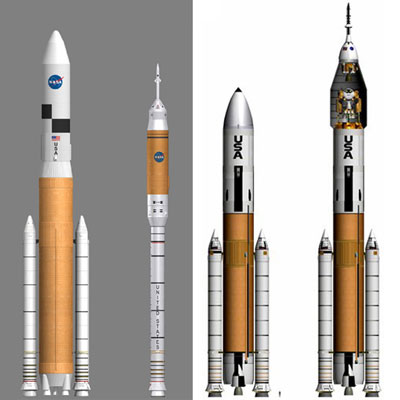Campbell Mithun charting familiar waters at Aquatennial

For 38 years, the milk carton boat race has been a mainstay of the Minneapolis Aquatennial celebration.
This year, representatives of the agency that came up with the idea are finally going to take part in it.
In 1971, the St. Paul-based Milk Foundation of the Twin Cities, a client of Minneapolis agency Campbell Mithun, needed a publicity stunt to promote consumption of milk.
Executives from the ad agency gathered in a Minneapolis hotel over a weekend and emerged with a concept: Milk carton boat races at the Aquatennial, the nautically-themed summer festival that helps Minneapolitans forget about road construction. (At about that same time, Campbell Mithun also created the “Every Body Needs Milk” tag line to help dairy companies promote youth milk consumption.)
Asked about the response to the agency’s Aquatennial milk carton boat race idea, Steve Gordon, senior vice president and management supervisor for the firm, said, “It was insane. There were hundreds of entries.”
According to a story in the September 1971 edition of trade publication Dairy & Ice Cream Field, more than 50,000 spectators gathered at Lake Calhoun to watch 1,321 milk carton boats race.
This year, to help celebrate the firm’s 75th birthday, Campbell Mithun executives decided to participate in the race themselves. So on Sunday, a milk carton boat that employees have been assembling in the underground parking ramp below the Campbell Mithun Tower will set sail on Lake Calhoun.
“We’ve never entered (the milk carton boat race) before, and we came up with the thing,” said Gordon, who has worked at Campbell Mithun since 1972.
He said 60 to 70 employees of the agency will have worked on the boat, which contains products or corporate logos of such agency clients as General Mills, H&R Block, Land O’Lakes Inc., Toro Co. and Wonder Bread, by the time it is launched.
They work on the boat between 11 a.m. and 1 p.m., assembling sections of the milk carton boat before they are transported to the south shore of Lake Calhoun to be readied for the race.
About 1,800 cartons were used to build the boat, which includes a fake Toro snow-thrower fashioned from milk cartons positioned above two huge pontoons made from milk carton affixd to each other with paraffin and with tape around the perimeter.
The buoyancy of the cartons should support the craft’s captain, Executive Vice President and Chief Growth Officer Don Kvam, and his crew, for a short time.
“I’m told that every one of these boats eventually sinks,” Gordon noted.
Original Source : http://www.finance-commerce.com/article.cfm/2008/07/19/Campbell-Mithun-charting-familiar-waters-at-Aquatennial















